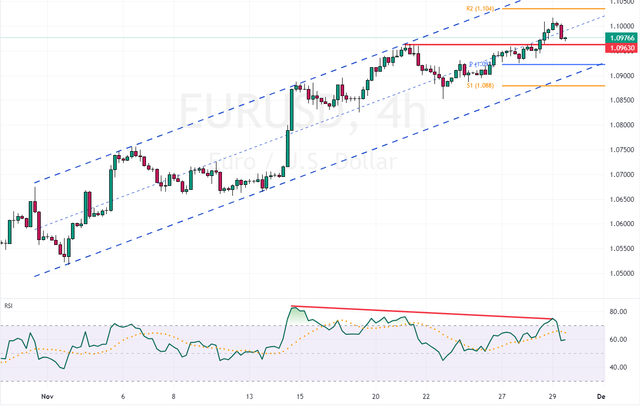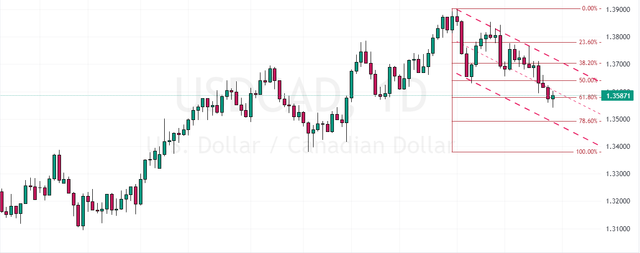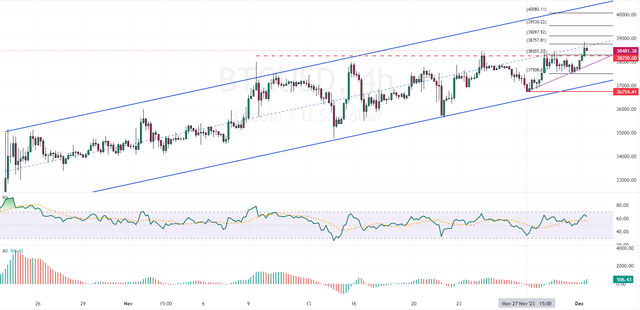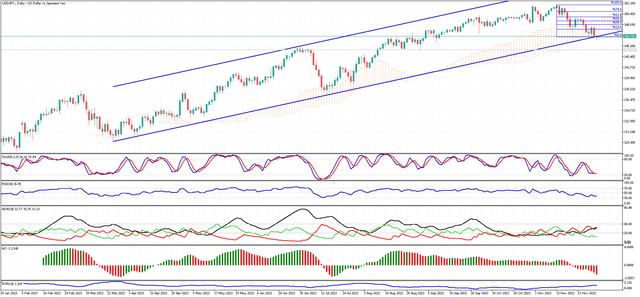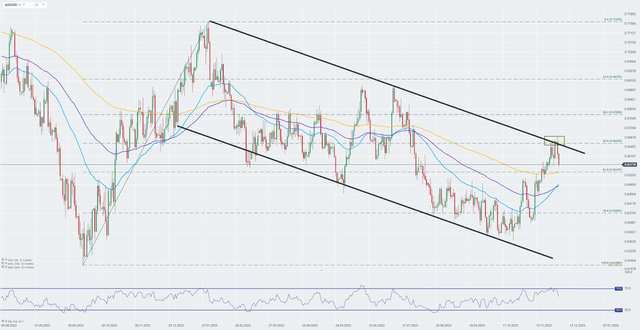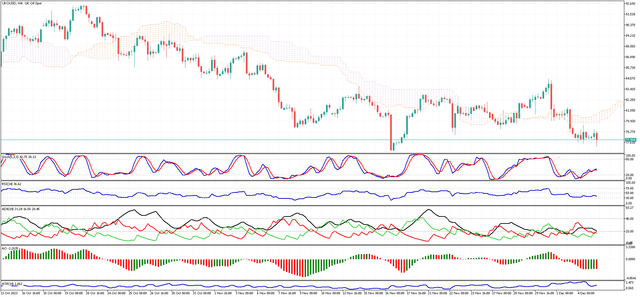SOLIDECN
Senior member
- Messages
- 3,041
- Likes
- 0
US Stock Futures Rise: A Sign of Economic Optimism
On a recent Wednesday, the US stock market showed signs of optimism before the market opened. Futures, which are contracts to buy or sell assets at a later date for a price agreed upon now, indicated an upward trend. Both the S&P 500 and the Dow Jones, two major stock market indices, were expected to rise by approximately 0.3%. The Nasdaq 100 futures, representing a third significant index, were poised to see an even more substantial increase of nearly 0.4%.
Factors Influencing the Market
Several factors contributed to this positive outlook. First, comments from officials at the Federal Reserve, the central bank of the United States, suggested a more accommodating monetary policy. They hinted that the period of increasing interest rates might be over, raising hopes of reduced borrowing costs in the coming year. This change in tone from the Fed can make it cheaper for individuals and businesses to borrow money, potentially stimulating economic activity.
Additionally, a decrease in Treasury yields, which are the returns on government securities, was seen as favorable for stocks. Lower yields often make stocks more attractive to investors compared to bonds.
Additionally, a decrease in Treasury yields, which are the returns on government securities, was seen as favorable for stocks. Lower yields often make stocks more attractive to investors compared to bonds.
Key Economic Indicators and Corporate News
Investors were also anticipating the release of revised figures for the US Gross Domestic Product (GDP) growth and initial data on corporate profits. GDP growth rate is a crucial indicator of the overall health of the economy, reflecting the total value of goods and services produced over a specific period. Positive GDP growth suggests a thriving economy, while a decline can indicate economic challenges.
On the corporate side, General Motors (GM) saw its shares jump over 5% in premarket trading. This surge was a reaction to the company's announcement of a $10 billion share buyback program, indicating confidence in its future financial performance. In contrast, shares of Las Vegas Sands, a major hospitality and gaming company, fell by about 5% after news that its largest shareholder planned to sell $2 billion worth of shares.
On the corporate side, General Motors (GM) saw its shares jump over 5% in premarket trading. This surge was a reaction to the company's announcement of a $10 billion share buyback program, indicating confidence in its future financial performance. In contrast, shares of Las Vegas Sands, a major hospitality and gaming company, fell by about 5% after news that its largest shareholder planned to sell $2 billion worth of shares.
Assessing the Economic Implications
The overall sentiment in the US stock market on this day was positive, which is generally beneficial for the economy. Rising stock prices can increase wealth for investors and boost consumer confidence, leading to more spending. When companies like GM announce significant share buybacks, it often reflects their confidence in their financial health, which can further stimulate economic growth.
However, large sales of shares, like in the case of Las Vegas Sands, can sometimes raise concerns about a company's future prospects, potentially impacting investor confidence.
However, large sales of shares, like in the case of Las Vegas Sands, can sometimes raise concerns about a company's future prospects, potentially impacting investor confidence.
Impact on the Economy
- Positive Indicators: Higher futures, dovish Federal Reserve comments, and rising corporate shares like those of GM are all positive signs for the economy. They indicate investor confidence and a potentially growing economy.
- Cautionary Signs: Large share sales and fluctuations in key economic indicators like GDP growth and corporate profits require careful monitoring as they can signal shifts in economic stability.

